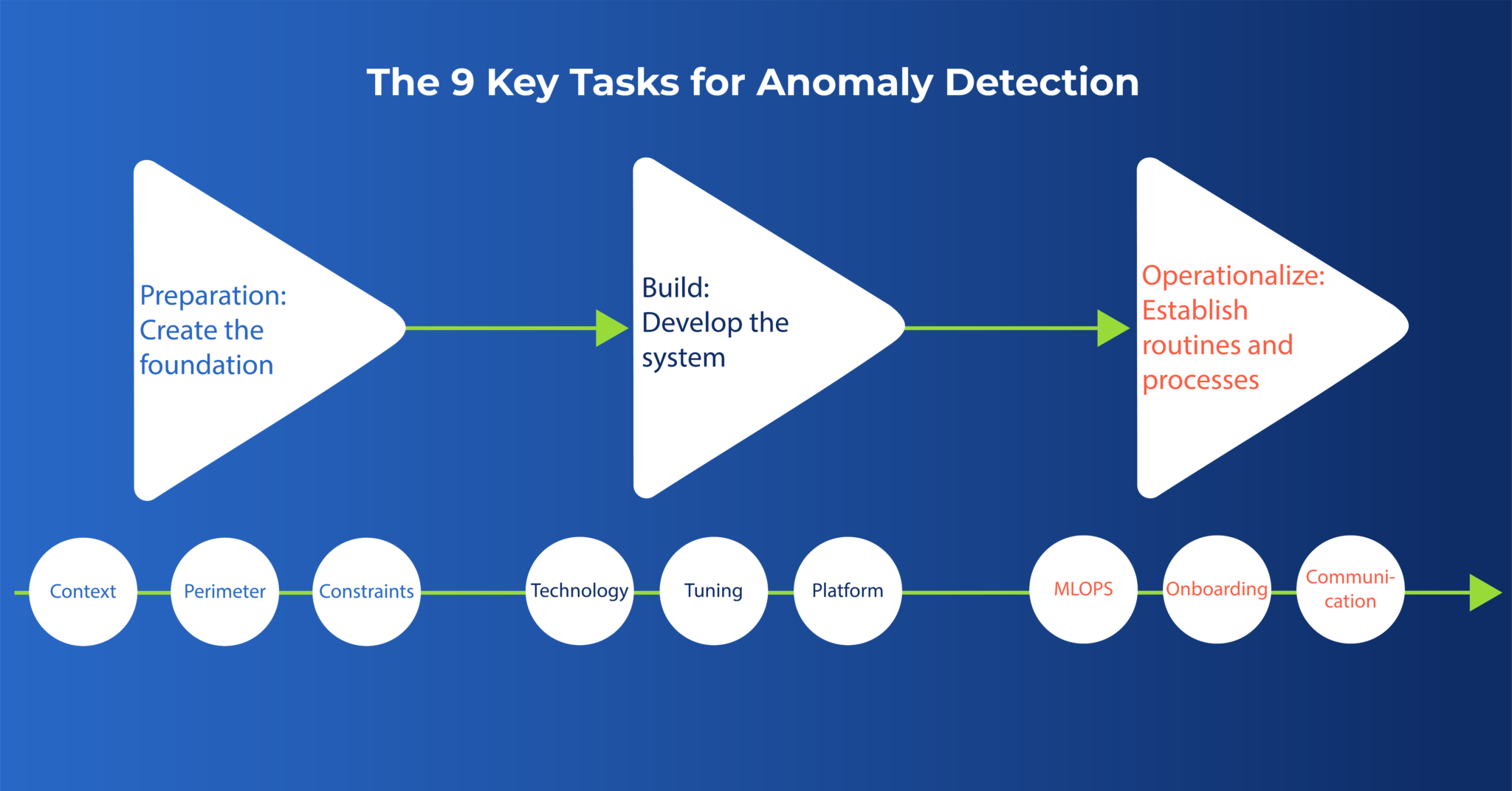Painstaking Lessons Of Info About How To Deal With Anomalies

Identifying and dealing with outliers and anomalies are an important part of analyzing a dataset and how you deal with these data points depends on the problem.
How to deal with anomalies. There are numerous ways to deal with the. How to deal with the anomalies? Outliers are abnormal or extreme data points that exist only in.
These structures are powered by. Recorded data is within the acceptable range. Datascience.com [i] has kindly separated the different types of anomalies you may encounter into 3 categories:
2 how do you detect anomalies? In study 1, we compared experts in basic and applied domains (physics and meteorology). We found that the basic scientists used mental simulation to resolve an.
Anomaly detection encompasses two broad practices: If one object can be observed against. It is an anomaly.
These approaches can be adopted to deal with missing values: We can break down the analysis of the quality of data into five categories: Mean, median, mode imputation, random sample imputation, and multiple.
Overall, anomalies can help advance science at a number of different. The anomalize implements two methods that are resistant to high leverage points: Data validation at entry points implement validation rules at data entry points to ensure that only valid data is entered.
4 how do you deal with anomalies? Anomalous results can be easily spotted in the data and. The spark tower is a pacific drive anomaly that appears early in the campaign, and is also somewhat easy to deal with.
For example, a date of birth field. To begin analyzing and interpreting anomalies in a way that’s actually useful, you first need to have the software that can identify anomalies, recognize what is a. Anomalies are high leverage points that distort the distribution.
How to deal with missing data? After detection, there comes a big question of what to do about the stuff we identified. 3 how do you visualize anomalies?
Taking many repeat measurements or having a large sample size to analyse will improve accuracy. Anomaly analysis is a process for empirically analyzing the values in a data set to look for unexpected behavior to provide that initial baseline review. Anomaly detection is the identification of rare items, events, or observations that raise suspicions by differing significantly from the majority of the data.


















